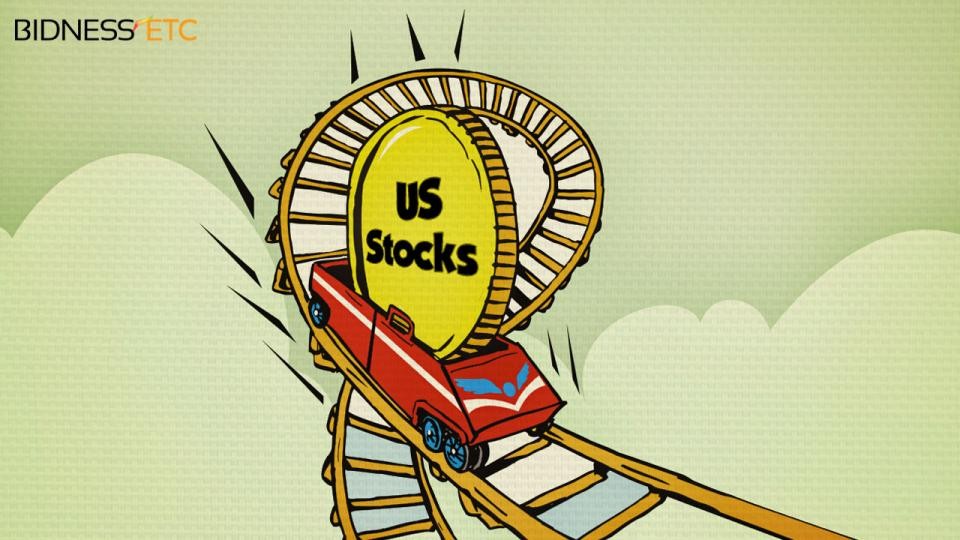How Many Stocks Is Too Many
Post on: 16 Сентябрь, 2015 No Comment

One of the key questions any investor must grapple with is, How many stocks should I own? Jonathan Burton addresses that issue in a recent MarketWatch column, taking a look at focused funds those that hold relatively few stocks compared to most other mutual funds.
Focused funds portfolios with only a couple of dozen holdings are getting attention in a market where stock selection is more important than ever, Burton writes. He says that, according to Morningstar, the average mutual fund contains 172 stocks and that kind of diversification has a downside. It limits a funds chance to meaningfully outperform its index, he says. Moreover, an overly diversified portfolio can mimic an index fund, but at a much higher cost. And diversification doesnt guarantee safety: When most every market sector crumbled last year, plenty of fully invested, diversified stock funds lost as much or more than their benchmarks.
Of course, focused portfolios have their own challenges a bad pick has a bigger impact on your portfolio than it would in a broader portfolio, and, as Burton notes, maintaining a focused portfolio can require more effort and patience than many investors possess.
That being said, we believe that investors can benefit greatly from a concentrated portfolio of stocks. In fact, one of the main guru-inspired principles Validea CEO John Reese discusses in his new book, The Guru Investor: How to Beat the Market Using Historys Best Investment Strategie s. addresses that issue, and provides data to back it up. Heres an excerpt about that key guru principle.
Diversify, but You Can’t Beat the Market by Owning It (Excerpted from The Guru Investor )
In general, diversification is a good thing. Putting all your eggs in one basket—that is, putting all your money in just a couple stocks—is far too risky for most investors. Even the best companies with the strongest fundamentals can run into trouble. Maybe their star CEO leaves and is replaced by a dunce; maybe a fire destroys their largest facility; maybe the company just plain makes a big mistake, like making oversized bets on risky loans.
Whatever the case, it’s clear that you need to spread your money over a reasonable number of investments. But many investors—especially professional fund managers—spread it too thin. Some mutual funds hold hundreds of stocks, spread over every industry. With that many stocks covering that broad a swath, you’re bound to end up approximating the overall market’s returns. And if market-approximate returns are what you’re looking for, you’re better off just buying an S&P 500 index fund or Vanguard Total Market Index Fund, which would have much lower fees than the average mutual fund.

So, what is a “reasonable” number of stocks to hold to limit risk without just mirroring the market? Well, in a 2003 study entitled “Stock Diversification in the U.S. Equity Market,” California State University-Chico Professor H. Christine Hsu and H. Jeffrey Wei found that “the benefit of risk diversification is somewhat limited when the number of stocks in the portfolio goes beyond 50.” (You should know that Hsu and Wei’s study was actually taking aim at investors who didn’t diversify enough, and that they said investors with a relatively high degree of risk-aversion should hold more than 50 stocks. Nonetheless, their finding about risk diversification being limited when you go over 50 stocks is quite relevant.)
Keep in mind, however, that while you don’t need to hold stocks in every sector or industry, you should maintain some diversification across those categories. You don’t want to have a portfolio that’s 80 or 90 percent retail stocks, for example, because you’ll really get hammered if the industry hits any prolonged struggles. It’s best to establish your own system—for example, making a rule that a particular sector won’t make up more than, say, 40 percent of your holdings—and then stick to it over the long haul.
As you’ve seen from the results of our model portfolios throughout this book, our own experience has found that when using a rigid fundamental-based system, portfolios of 10 or 20 stocks can be quite successful. The system isn’t going to beat the market with every pick, but we know that, historically, our models have been right more than they’ve been wrong. By holding 10 or 20 stocks, we put those odds in our favor. While these 10- or 20-stock portfolios are somewhat more volatile than the market, they’re large enough to eliminate a good deal of firm-specific risk, while small enough so that you don’t have to spend too much time managing your portfolio.
And the greater-than-market volatility has certainly been worth the price: Since their inceptions, most of which were four or five years ago, all of the 10-stock portfolios we track based on the strategies detailed in this book have beaten the market, and nine of the ten 20-stock portfolios have also beaten the market. In fact, in most cases these portfolios have doubled, tripled, or quadrupled the market’s gains over a fairly lengthy period, lending a lot of credence to the notion of not spreading investment dollars too thin.














